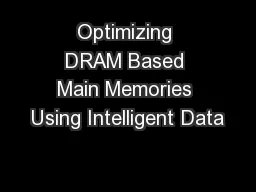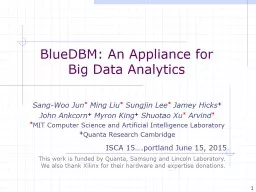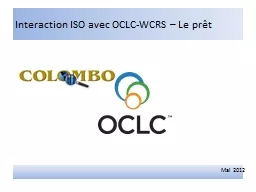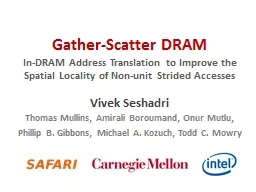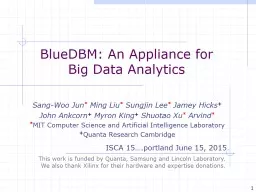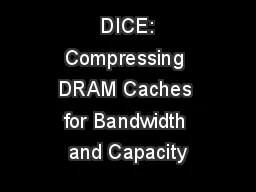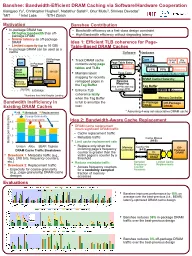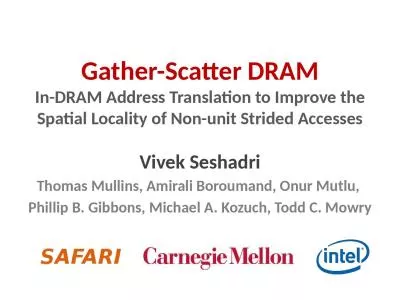PPT-PRET DRAM Controller:
Author : karlyn-bohler | Published Date : 2016-06-30
Bank Privatization for Predictability and Temporal Isolation Sungjun Kim Columbia University Edward A Lee UC Berkeley Isaac Liu UC Berkeley Hiren D Patel
Presentation Embed Code
Download Presentation
Download Presentation The PPT/PDF document "PRET DRAM Controller:" is the property of its rightful owner. Permission is granted to download and print the materials on this website for personal, non-commercial use only, and to display it on your personal computer provided you do not modify the materials and that you retain all copyright notices contained in the materials. By downloading content from our website, you accept the terms of this agreement.
PRET DRAM Controller:: Transcript
Download Rules Of Document
"PRET DRAM Controller:"The content belongs to its owner. You may download and print it for personal use, without modification, and keep all copyright notices. By downloading, you agree to these terms.
Related Documents


